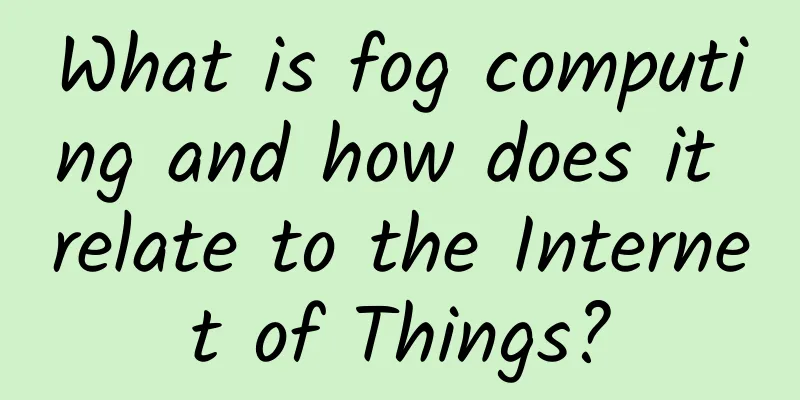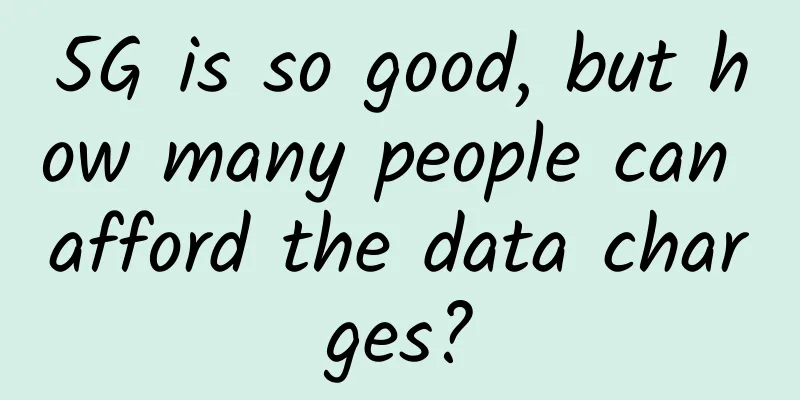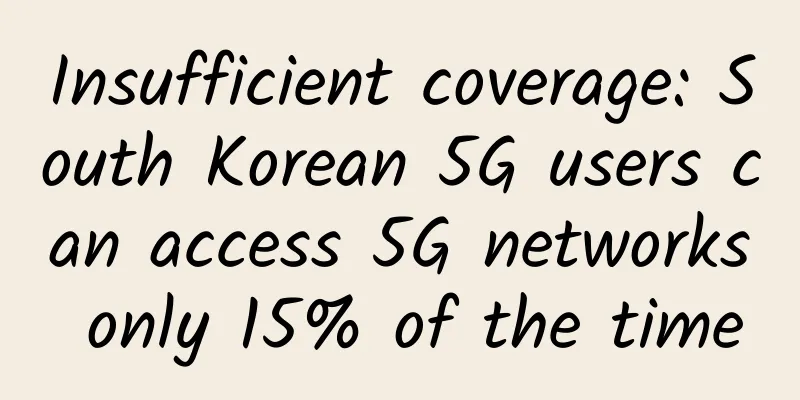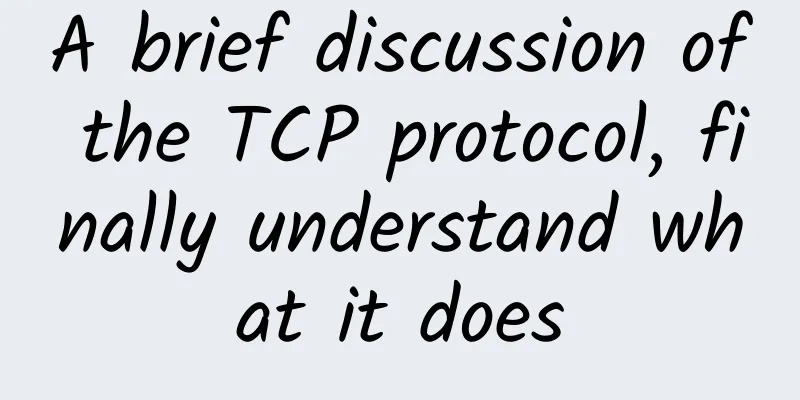What is fog computing and how does it relate to the Internet of Things?

|
Fog computing is a distributed collaborative architecture that manages various specific applications or services between actual data sources and the cloud at the most effective location. This type of computing is effectively extending cloud computing functions and services to the edge of the network, bringing its advantages and functions to the closest place where data can be executed and operated. The main goals of fog computing The main goal of fog is to improve efficiency and eliminate network congestion that may occur when transferring data to the cloud for computing and storage. Usually it is to improve the efficiency of the entire process, but it can also be used to improve security and compliance regulations.
How does fog computing work? The devices that generate or even collect data do not have the computing power and storage resources to perform various advanced analytical calculations and machine learning tasks. Therefore, fog can play a role because it operates at the edge of the network, which is closer to the cloud in a sense. Cloud servers have all the functions required to complete these projects, but they are usually too far away to help in time. Because fog brings each endpoint closer, it can bring good results. In the fog environment, all processing procedures are usually carried out in specific smart devices or specific communication gateways. Therefore, all data sent to the cloud is effectively reduced. Fog computing and the Internet of Things Since cloud computing is not feasible for IoT devices, it is necessary to use fog computing instead. It provides better overall distribution capabilities, which ultimately better meets the needs of the Internet of Things. It can handle the size of data that these devices ultimately generate, which makes it an ideal computing method for processing them. Since fog computing can effectively reduce the amount of bandwidth required and reduce the round-trip communication required between the cloud and various sensors, it can help string everything together without reducing the overall performance of the program or device. This is something that fog computing can offer, especially when you consider IoT devices. Since these devices are very resource-intensive and demanding, they are prime candidates for taking advantage of fog computing. While latency can negatively impact some applications, it is generally a good option for these complex tasks and programs. |
<<: Whether to adopt blockchain is always a matter of choice
>>: Overview of Telecommunications Industry Development in 2017
Recommend
12 principles to make data centers perform better
As American football star Tom Brady once said, &q...
Forcepoint releases 2017 cybersecurity predictions
[[179053]] Forcepoint , a global cybersecurity le...
22 pictures to explain OSPF: the most commonly used dynamic routing protocol
Hello everyone, I am Xiao Fu. RIP Defects When ta...
How edge computing, edge networking, and edge data management work together
Edge computing, edge networking, and edge data ma...
The role of active optical networks in enhancing data transmission
While fiber will always be the primary network, t...
The three major telecom operators earned 387 million yuan a day in 2020
On March 25, China Mobile released its 2020 perfo...
Mushroom CarLink launches an integrated Internet of Vehicles solution to provide users with a seamless "people-car life"
Several years ago, a company proposed a relations...
From 0G to 5G, the ups and downs of mobile communications over the past century
During World War II, Motorola's SCR series wa...
The threat of cyber espionage
[[192125]] The cyber espionage operation, now nam...
I recommend 6 computer treasure softwares, which are practical and powerful, and turn your computer into black technology in seconds
[[401119]] Suddenly I want to ask everyone a ques...
Top 10 edge computing vendors to watch
Due to advances in the Internet of Things (IoT) a...
Will 5G be the connectivity miracle for the Internet of Things?
Thanks to 5G, high-speed internet will soon be av...
What attacks can hackers launch using TCP/IP?
TCP/IP is the most basic communication protocol o...
What is the relationship between the Internet of Things and the Internet, when will the explosion occur and what are their uses?
Name Explanation The Internet of Things is an imp...
51% of companies said that lack of appropriate technical infrastructure and IT systems is a major challenge to digitalization
According to a survey conducted by the NASDAQ, wi...









